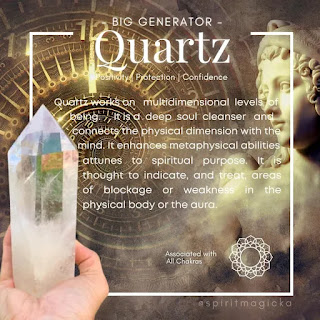Coleman Mine: The Premier Destination for Discovering Quartz Clusters
Located directly at the Coleman Mine site, visitors will find not only the mine itself but also a charming gift shop offering an array of exquisite quartz crystals and other minerals already unearthed. Additionally, there's an RV resort available for accommodations and a spacious digging area where enthusiasts can search for their own crystals. Visitors have the opportunity to mine their own quartz crystals and then purchase their desired pieces, typically priced by weight. The mine boasts incredible finds, including the world's largest quartz crystal of its caliber. These remarkable specimens can dwarf humans, reaching sizes two to four times larger.
Accessing the crystal mine is straightforward: take the road adjacent to Coleman's Rock Shop, driving two miles west from Highway 7 before turning right onto Crystal Ridge Road. Follow this paved road to the hilltop where the office and rock shop are located, where visitors pay their digging fees. For those interested in coordinates, the Latitude & Longitude of the site is (WGS84): 34° 39' 42'' North, 93° 6' 10'' West. If you have a map or GPS, you can use these coordinates to locate the site. For crystal enthusiasts, this excursion promises an unforgettable adventure and an exhilarating activity.
Crystals are most commonly found in regions near fault lines, where evidence of fault lines can often lead to discoveries of ribbons of white quartz. Additionally, quartz deposits are frequently found in proximity to granite and gold deposits. Hot springs, mineral springs, and areas affected by volcanic activity are also promising locations for crystal hunting. The formation of crystals occurs through a process called crystallization, during which atoms and substances transition from a chaotic state to one of stillness. Contrary to drawing energy from within, crystals form from vapor, melt, or solution. Remarkably, there's no inherent limit to the size a crystal can attain; given sufficient material supply and conducive conditions for growth, crystals can reach enormous sizes. This accounts for the impressive specimens often observed. While acquiring crystals of substantial size can be costly, smaller crystals are readily available for purchase to adorn your living space. Quartz crystals, in particular, excel in purifying the energy of a home and fostering mental and emotional clarity.




Comments
Post a Comment